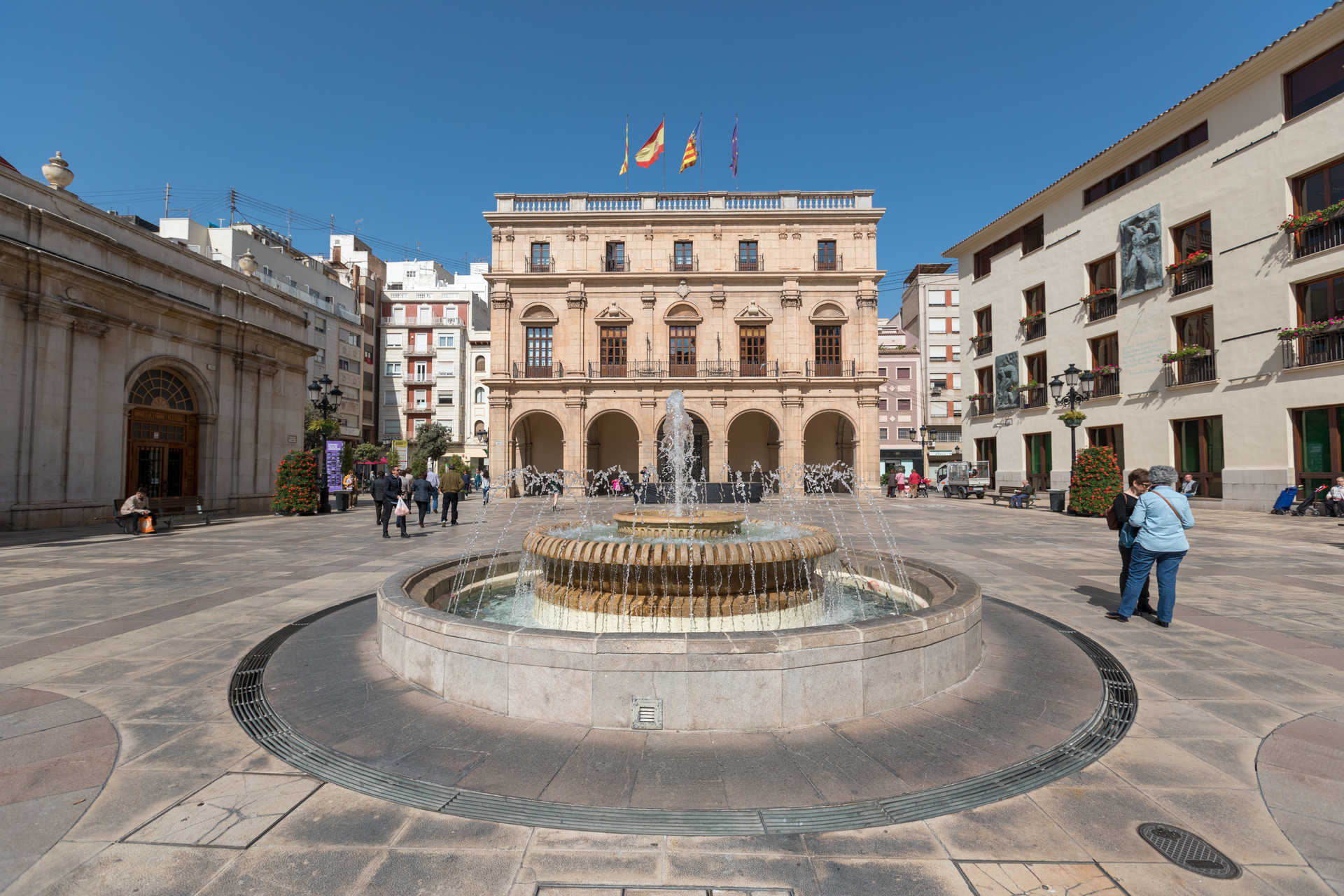Urbiotica: Castelló de la Plana Extends the Pilot Project to the Remaining 406 Pay-by-space Parking Spots

The city of Castelló de la Plana has decided to make an extension of the pay-by-space pilot project deployed in 2015. This project had 34 U-Spot sensors in different regulated parking spaces, in addition to an information panel in Rey Don Jaime I Avenue.
Once the technology was well tested, the city decided to expand the project by deploying 406 additional sensors to equip all the surrounding blue zone parking spots. The total of 440 sensorized spaces will make it easier for drivers to find free parking spaces and avoid the congestion and discomfort related to parking.
The sensor selected for the project is the U-Spot M2M which detects the presence or not of vehicles in the parking spot and transmits the occupation in real time. The use of this system stands out for the simplicity of its deployment thanks to the direct communications with the U-Admin platform through the mobile network without the need for a gateway.
The project also has 4 information panels located at key points in the area. These panels transmit the number of available spaces in real time to help drivers easily find a free parking spot. These panels have 2 or 3 modules providing a modern design and backlighting for an optimal visibility even at night.
Both Jujosa (the pay-by-space operator) and those responsible for mobility in Castelló can consult all the information in real time to analyze the behavior of users and the evolution of the occupation of the different areas, as well as the average number of rotations per space or the average time of occupation of each space.
In addition, the Municipality will also have the possibility to influence the decision made by drivers by modifying the number of places on the signage panels in order to limit congestion in areas that are already almost saturated and direct users to areas with more availability.
How Does the System Work?
- The user drives to a free space guided by the information seen on the dynamic message sign. The U-Spot sensor detects the arrival of the vehicle and sends the information to the platform.
- The platform collects the data and the updated data is sent through it to the street dynamic signs, with the new availability, which in this case will indicate one free spot less.
- When the vehicle is removed, the sensor no longer detects its presence, so it sends information again so that the system transmits that the spot is free again.
Thanks to this extension of the pay-by-space zone, the citizens of Castelló are guided through the panels to the areas with available parking spaces avoiding the unnecessary circulation of vehicles looking for where to park. This avoids the congestion in the area. At the same time optimizes the use of parking thanks to real-time information on where to find free spaces.
Guiding drivers to free spaces reduces traffic by up to 30%, which is a considerable decrease in harmful emissions to the environment. Users park much more easily, reducing their stress and increasing their satisfaction, as well as their quality of life.
About Urbiotica
Urbiotica was established in 2008 with a very clear foundational vision: technology based on wireless sensor networks will transform how we manage our cities.
Urbiotica leads the revolution of the Internet of Things applied to Smart Cities. The projects implemented in more than 20 countries position us as the leading technology company in the development of smart solutions based on sensor systems, designed to manage urban space more efficiently and sustainably.






Comments
There are no comments yet for this item
Join the discussion